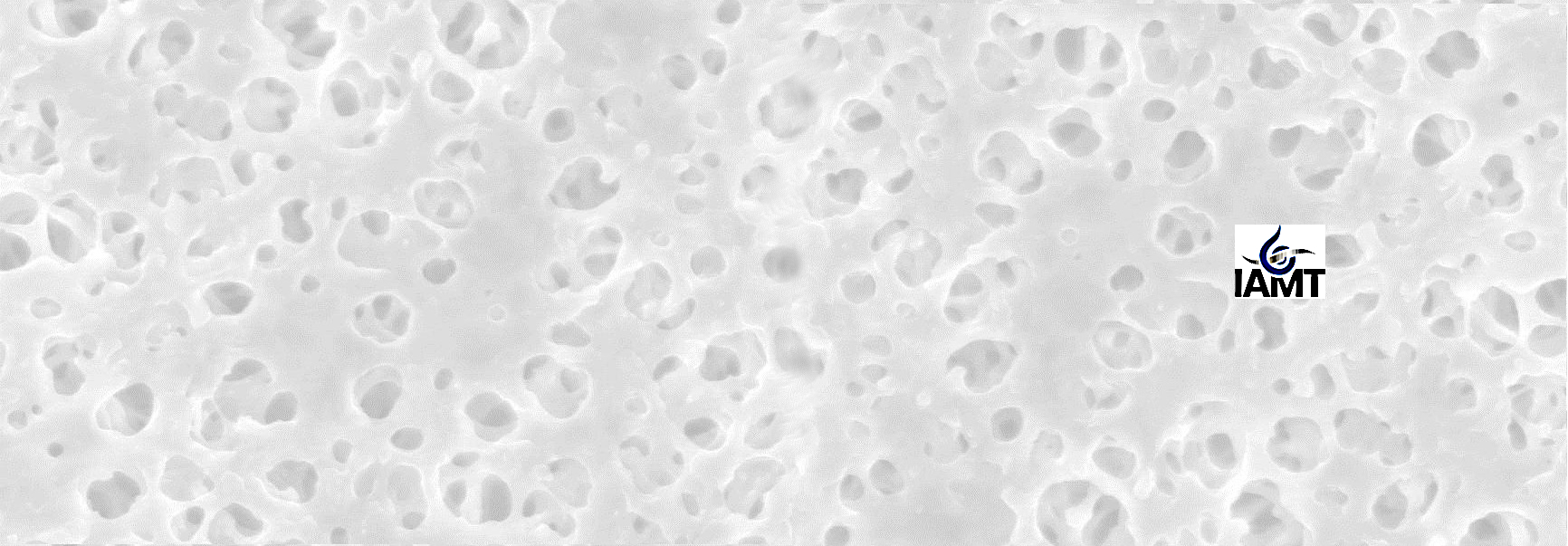|
Membrane Preparation Laboratory (Lab 222)
|
In this lab, we make membranes! We have numerous devices that allow us to play with material substrates and coatings.
-
Doctor blade.
-
Coagulation bath.
-
Electrospinning equipment.
-
Dip coater.
-
Freeze dryer.
-
Microtome (cryosectioning).
-
Sputtering device.
-
Centrifuge.
-
A chamber allows to determine membrane stability and
-
For space reasons, our state-of-the-art Liquid chromatography–tandem mass spectrometry (LC-MS/MS) system is housed here.
|
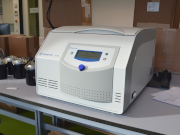 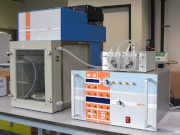
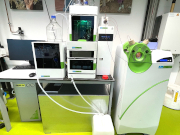 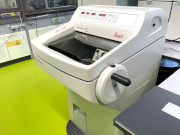
|
|
Membrane Characterization Laboratory
(Lab 221)
|
In this lab, we characterize membranes by pore size, porosity, surface charge, contact angle, thermogravimetry (TGA), and maybe one day TGA couples with gas chromatography–mass spectrometry (GC-MS). All in search of structure-morphology property / relationship performance.
-
Contact angle (sessile drop & captive bubble).
-
Streaming potential analyzer (SURPASS).
-
Thermogravimetry.
-
Microscope.
-
Porometer.
-
Sonicator bath.
-
Thermogravimetric analyzer.
-
Gas chromatogrphy - Mass spectrometry (GC-MS).
|
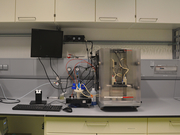 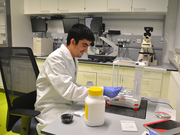
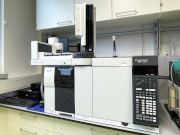 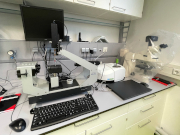
|
|
Membrane Filtration Laboratory
(Lab 220)
|
In our membrane filtration lab, we have a suite of mostly homemade filtration systems.
-
Stirred cells in different sizes, constant pressure or flow operated.
-
Tiny (2cm2) crossflow cells for Ultra Filtration (UF) / Nanofiltration (NF) or photocatalytic membrane experiments.
-
All with lab view data acquisition / control.
|
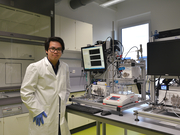 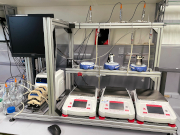
|
|
Radiotracer Laboratory
(Lab 219)
|
Radiotracers we use so we can detect micropollutants to < ng/L concentrations.
-
Liquid scintillation counter.
-
Ultra-high-pressure liquid chromatography flow scintillation analysis (UHPLC-FSA) system.
-
Well organized radiotracer management so we can stay under regulatory limits.
-
For space reasons this lab also houses our incubator shaker which we use for adsorptive studies.
|
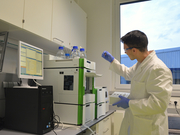 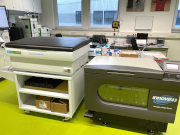
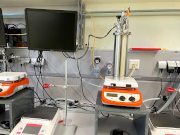 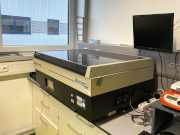
|
|
Analytical Laboratory
(Lab 214)
|
We have a huge suite of analytical instruments simply because we generate a huge amount of samples. Running these instruments is not always easy but they are an integral part of training. Each team member is in charge of one instrument and this teaches responsibility for quality control and trouble shooting. The complexity is enormous and more and more we use coupled techniques.
-
In this lab, we have our Rolls Royce: a field-flow fractionation (FFF) coupled with inductively coupled plasma mass spectrometry (ICP-MS) and liquid chromatography – organic carbon detection (LC-ODC). Of course, all these tools can also operate individually.
-
Several spectrophotometers.
-
Total organic carbon (TOC) instruments.
-
Liquid chromatography instruments.
-
Various instruments can also be wired as in-line sensors.
|
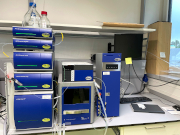 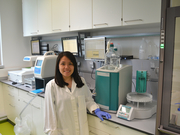
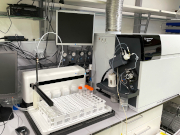 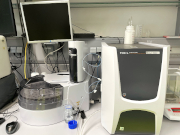
|
|
Process Technology Laboratory (Lab 213)
|
In the process lab, we have more systems like in the filtration lab, plus some lab scale ‘pilots’.
-
Two crossflow systems – one AC and one DC for nanofiltration (NF).
-
An electromechanical membrane system.
-
Two electrodialysis (ED) systems, one of these is a state-of-the-art single pass system.
-
Impedance spectrometry.
|
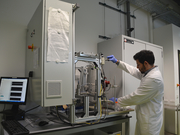 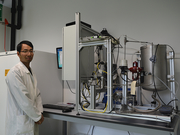
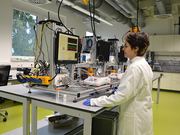 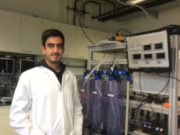
|
